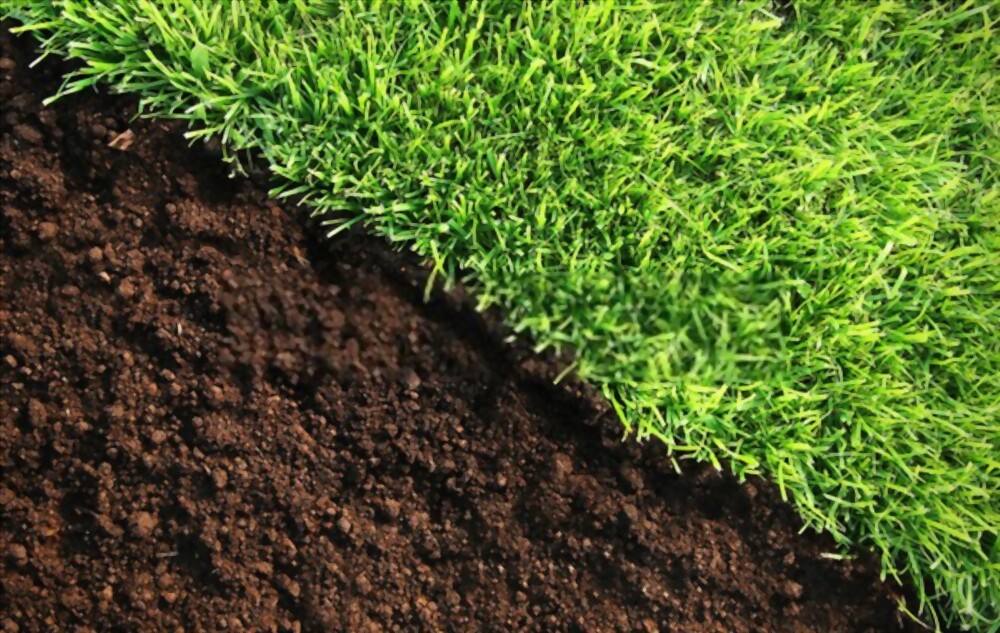Your plants get sick, your soil gets rough, and it creates an imbalance within your lawn; luckily, there are some ways to combat these issues and ensure it stays beautiful! The best form of lawn care to help with this problem is aeration and overseeding your landscape.
Have problems with your soil and grass growth?
Landscape health depends on you and the attention paid to it daily. Every part should be taken care of regularly, from the trees down to the soil. The most important is the soil – your plants won’t be healthy without healthy soil.
It’s difficult to know what your soil needs to be healthy, but not very hard to figure out when it starts to become unhealthy. As the homeowner, all it takes is for you to watch your landscape and pay attention to any changes that occur.
If you notice the grass is starting to thin, you find barren spots around your lawn, or it stops growing altogether, there may be a problem with the soil. Your grass may have difficulty spreading its roots, reseeding, and absorbing the nutrients it needs to survive!
What is the purpose of aerating?

The core reason for aerating your lawn is to stop soil compaction that develops over time. This compaction makes the soil hard, so water and oxygen can’t get into it properly. Aeration puts holes into your lawn that break up the hard soil and allow those necessary nutrients in.
However, there are other ways this treatment can benefit your lawn. For example, the roots of your grass will become stronger, will improve thatch, and the grass will have better tolerance to heat and drought.
When the soil is opened up, fertilizers can perform better, and new grass seeds can germinate properly. You’ll notice the soil will be richer and more resilient than it has been, and the landscape will be in much better shape for future growth.
Why should I bother overseeding?

While you can do other things to improve the look and thickness of your grass, one of the best ways is to start growing more grass than before! It seems simple, yet much prep and work go into seeding your lawn.
Seeding your lawn introduces new grass seed into the soil, where it couldn’t grow before. The process involves spreading more grass seeds than needed to ensure plenty of them take hold and begin to germinate.
When the seed starts to grow, it’ll create a thick layer of grass that improves appearance, reduces erosion, and increases thickness, so your lawn will survive longer. Overseeding is a great follow-up to aeration since there are new holes in the ground for the seeds to have room to grow.
Am I aerating my soil wrong?
A common mistake people make is aerating whenever – the truth is, aerating during the hottest times adds unneeded stress to your lawn. Don’t aerate fresh sod for at least 12 months because the roots need a chance to take hold, and you don’t want to rip the sod up.
It’s also important not to walk on the soil following treatment to allow the soil to heal and seeds to germinate. Finally, avoid mowing the lawn for ten days after aeration, so your grass has time to heal; both actions can stress your lawn out, and doubling up can cause damage.
Am I not overseeding properly?

If you’ve recently had weed control or prevention done recently, avoid seeding your lawn so the seeds can take hold properly. It’s also crucial not to overwater your lawn following a seeding treatment, as excess water can wash the seeds from where they need to be.
Don’t overseed either; if too many seeds are laid down, they’ll all compete for nutrients, and many won’t survive after all. Likewise, seeding your lawn when it’s too hot or too cold won’t do you any good, so check it’s an appropriate temperature when you decide to overseed!
What are some do’s for aeration?
When you’re aerating your lawn, make sure to water the lawn the night before to maximize the amount of soil pulled during the process, and make sure you’ve already mowed, so you don’t have to worry about doing so for a while afterward.
While aerating, extra attention will often be paid to barren or dead areas to ensure better results. In addition, it helps to apply fertilizer to boost soil nutrients and grass growth, and giving it a light watering causes the cores to break down and encourage seed growth.
What are the dos of overseeding?
The first thing to remember when overseeding is to research what grasses are best suited for the area you live in and spread those seeds instead. Also, properly prep the area by removing dead grass and loosening the soil, often with aeration.
If heavy rains occur right after a seeding treatment, re-apply as needed to ensure enough seeds take root. Make sure you’re watering your lawn at least once a day after seeds have been laid down, and keep anyone off the lawn a week or two until it’s had the chance to grow!
Need help getting started?
We know it’s a lot to remember, what to do or not to do with aerating and overseeding, and any necessary prep work and aftercare that goes into it. That’s why it’s best to get the help of professionals that do this work daily.
If you’re ready to improve your lawn for the best, give the helping hands at Divine Lawns a call, we’d be more than happy to help you get started. With our kind, trained professionals, you’ll find your lawn can be truly divine!
 (316) 435-3509
(316) 435-3509 office@divine-lawns.com
office@divine-lawns.com
